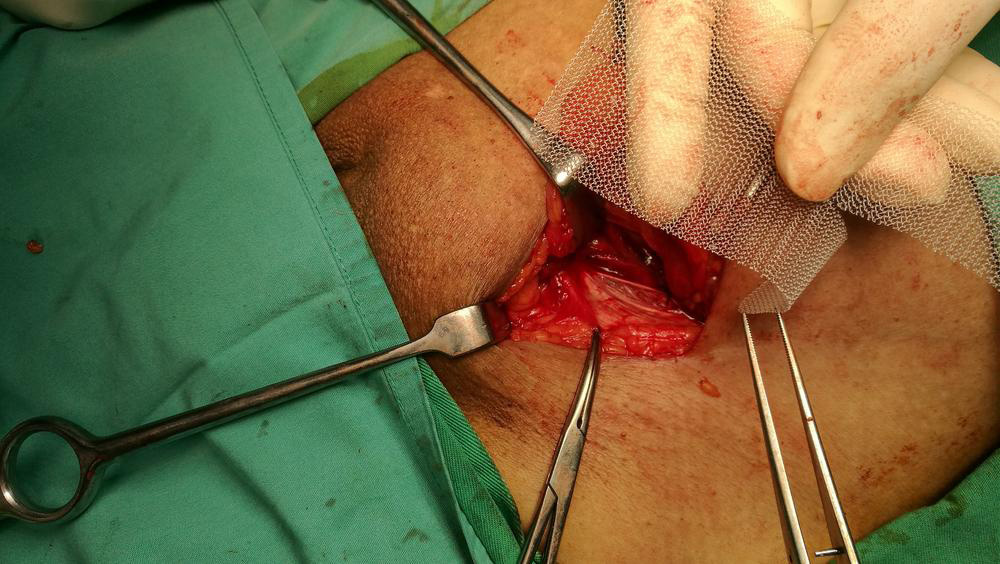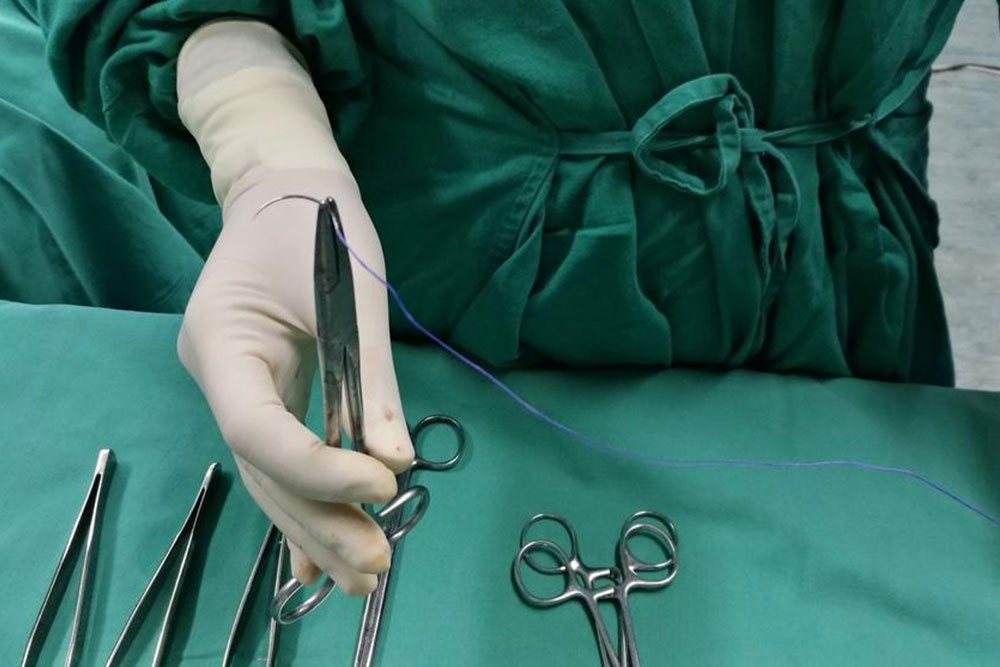Comprehensive Guide to Hernias: Causes, Symptoms, and Effective Treatments
This comprehensive article explores hernias, highlighting their causes, symptoms, diagnosis, lifestyle tips, medications, and surgical treatments. Understanding these aspects helps in timely management and preventing complications, emphasizing the importance of early detection and appropriate intervention. The guide aims to educate readers on how to effectively manage hernias and maintain better abdominal health for a better quality of life.

Comprehensive Guide to Hernias: Causes, Symptoms, and Effective Treatments
A hernia is a medical condition characterized by an organ or tissue pushing through a weak spot or opening in the surrounding muscle or connective tissue. This protrusion most often occurs in the abdominal region or groin area. It can manifest as a noticeable bulge coupled with discomfort or pain. Hernias are classified into various types, with the most common being inguinal, hiatal, umbilical, and incisional hernias. Although some hernias may not cause significant issues and might remain unnoticed for years, many do not resolve on their own and can lead to serious complications if left untreated. Therefore, understanding the causes, symptoms, and available treatments is crucial for effective management and prevention of severe outcomes. This article provides an in-depth look into hernias, exploring their underlying causes, typical symptoms, diagnostic methods, lifestyle modifications, medication options, and surgical interventions.
Primary Causes of Hernia
The development of a hernia is often linked to a combination of inherent weakness in the abdominal wall and external factors that strain the muscles. This weakening can be due to congenital defects where individuals are born with a predisposition to hernia formation. Over time, various factors contribute to exacerbating this weakness. Persistent activities or conditions that increase intra-abdominal pressure—such as chronic coughing, sneezing, or vigorous laughing—can stretch the muscles beyond their capacity. Age-related degeneration of tissues diminishes their strength and elasticity, making older adults more susceptible. Additionally, previous abdominal surgeries can create weak spots in the abdominal wall, which may later develop into hernias. Excessive weight gain places additional stress on the abdomen, increasing the likelihood. Pregnancy causes stretching of the abdominal muscles, and fluid buildup within the abdomen can also contribute to hernia formation. Severe constipation leads to straining during bowel movements, further weakening the muscular wall. Lastly, heavy lifting or strenuous physical activity without proper technique can trigger hernia development in vulnerable individuals.
Understanding these root causes helps in taking preventive measures. Lifestyle adjustments such as managing weight, avoiding excessive strain, and treating underlying conditions like chronic coughs can significantly reduce risk.
Key Symptoms of Hernias
Detecting a hernia early is vital to prevent complications. The most common early sign is the appearance of a lump or swelling at the affected site. In inguinal hernias, this bulge is usually felt near the groin area and becomes more prominent when standing, coughing, or exerting pressure on the abdomen. This swelling might disappear or reduce when lying down. In infants, hernias can often be identified when crying causes a visible swelling. Additional symptoms include a sensation of heaviness or pressure in the abdomen, burning or aching sensations at the hernia site, and sometimes, nausea or vomiting if complications develop. Acid reflux, chest pain, and difficulty swallowing are typical symptoms associated with hiatal hernias. Interestingly, some hernias are asymptomatic and are only discovered during routine medical examinations or imaging tests.
Recognizing these symptoms early allows for prompt diagnosis and effective treatment, reducing the likelihood of complications such as strangulation or obstruction.
Diagnosis involves a combination of physical examinations and imaging techniques. Healthcare providers often perform a physical check, pressing on the area to feel for protrusions. Imaging tests such as ultrasound are useful for visualizing soft tissues, while X-rays with contrast agents like barium can help identify internal hernias—especially hiatal hernias—by showing the position of internal organs. Endoscopy may be employed for gastrointestinal hernias. The diagnosis helps determine the hernia's size, location, and severity, which are crucial for devising an appropriate treatment plan.
Lifestyle and Management Strategies for Hernia Relief
While hernias typically do not resolve without surgical intervention, patients can adopt several lifestyle modifications to alleviate symptoms and prevent worsening. Maintaining a healthy weight is essential, as excess weight increases pressure on the abdominal wall. Patients are advised to avoid heavy lifting or strenuous activities that strain the abdomen. Instead, employing proper techniques and possibly using supportive belts or braces can offer additional protection. Eating smaller, more frequent meals instead of large heavy ones reduces intra-abdominal pressure. Avoiding trigger foods such as spicy items, tomatoes, and acidic foods can minimize reflux symptoms associated with hiatal hernias. Incorporating gentle strengthening exercises designed to improve core stability can support the abdominal muscles, but these should be performed under medical supervision to prevent aggravating the hernia. Keeping good posture and avoiding prolonged standing or heavy exertion also play roles in managing the condition.
Medications to Help Manage Hernia Symptoms
Medicines are mainly used to control associated symptoms like acid reflux, chest discomfort, and gastritis. Proton pump inhibitors (PPIs) such as omeprazole or esomeprazole are effective in reducing stomach acid production, thus alleviating reflux and esophageal irritation caused by hiatal hernias. H-2 receptor blockers like ranitidine or famotidine also help decrease acid levels. Over-the-counter antacids provide quick relief for heartburn and indigestion. These medications do not repair the hernia but can significantly improve quality of life by relieving uncomfortable symptoms until surgical repair is performed or as a complementary approach.
Surgical Options for Hernia Repair
When hernias cause persistent pain, enlarge over time, or risk strangulation and obstruction, surgery becomes necessary. The primary goal is to close the hernia defect and reinforce the abdominal wall. This is achieved through various surgical techniques. Open hernia repair involves a single, larger incision, allowing the surgeon to access and repair the area directly. The use of surgical mesh is common to provide additional support and prevent recurrence. Laparoscopic hernia repair is a minimally invasive alternative that involves small incisions and the use of a camera and specialized instruments. This method typically results in less postoperative pain, shorter hospital stays, and quicker recovery periods. Both approaches are effective; however, the decision depends on factors such as hernia size, location, patient health, and surgeon expertise. Early intervention is critical to avoid complications like tissue strangulation, where the blood supply to the protruded tissue is cut off, leading to tissue death. Postoperative care includes rest, avoiding strenuous activities, and following surgeon instructions for wound care and activity restrictions.





